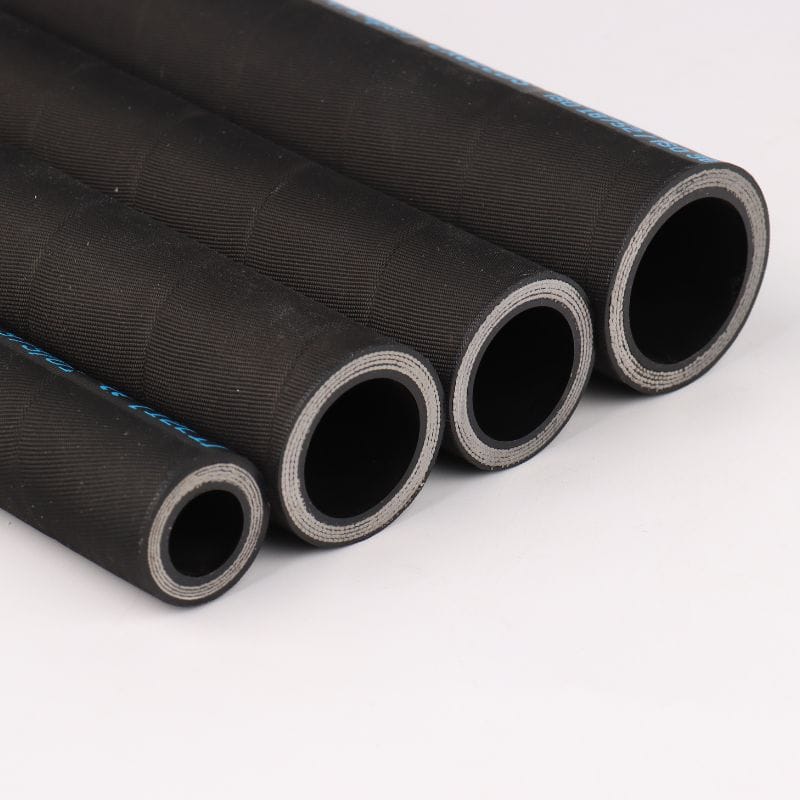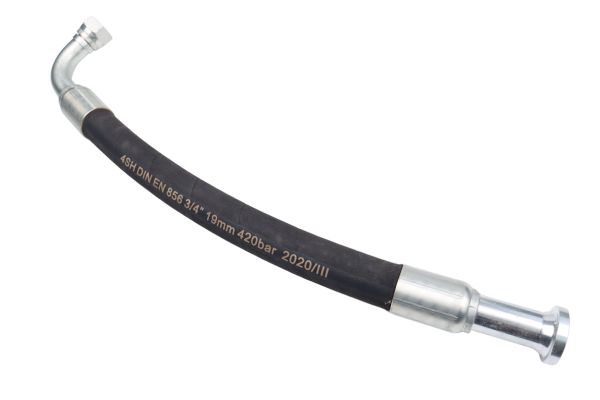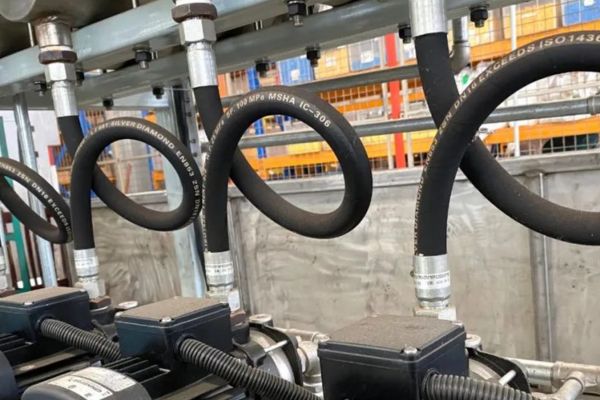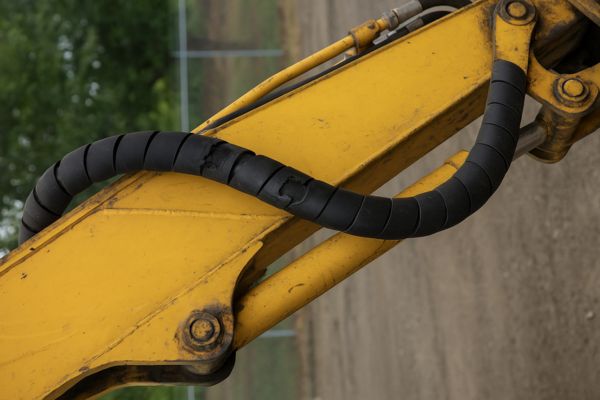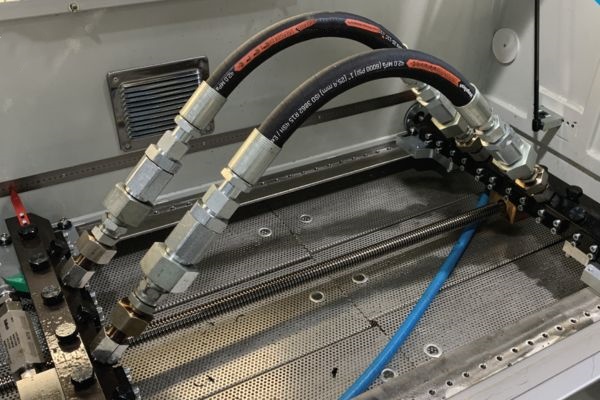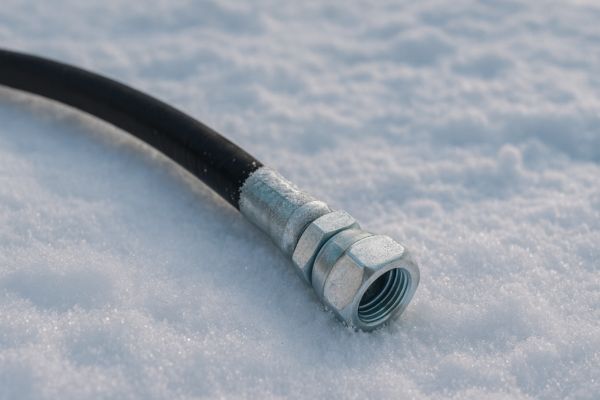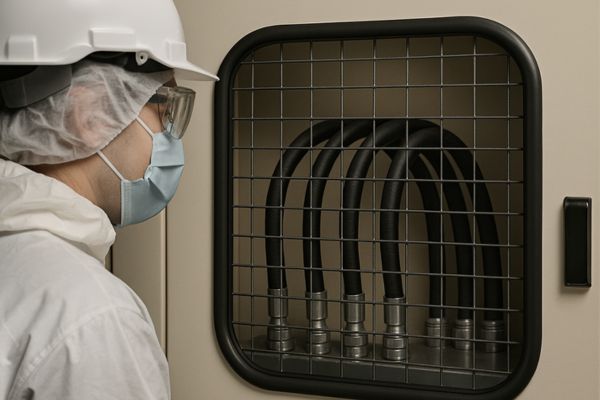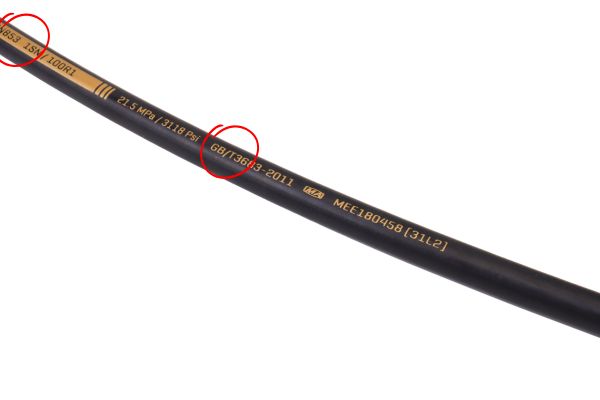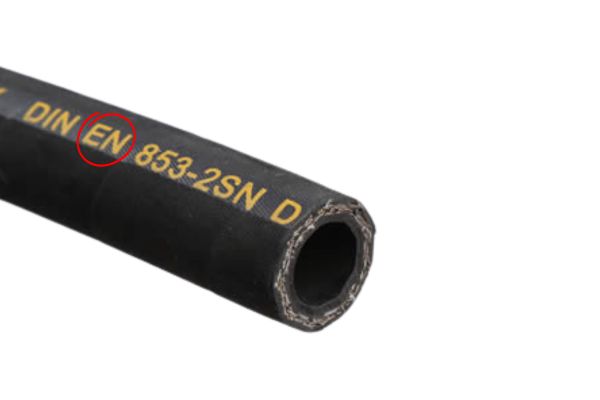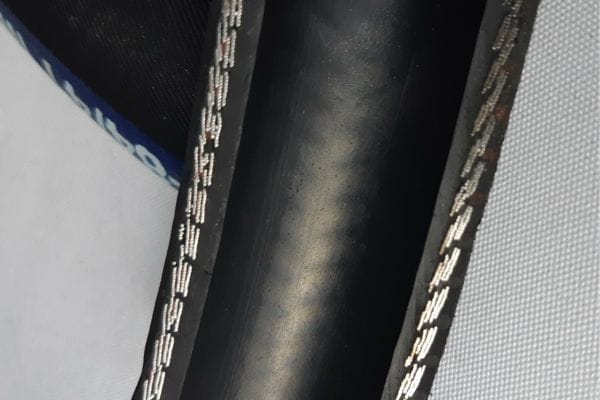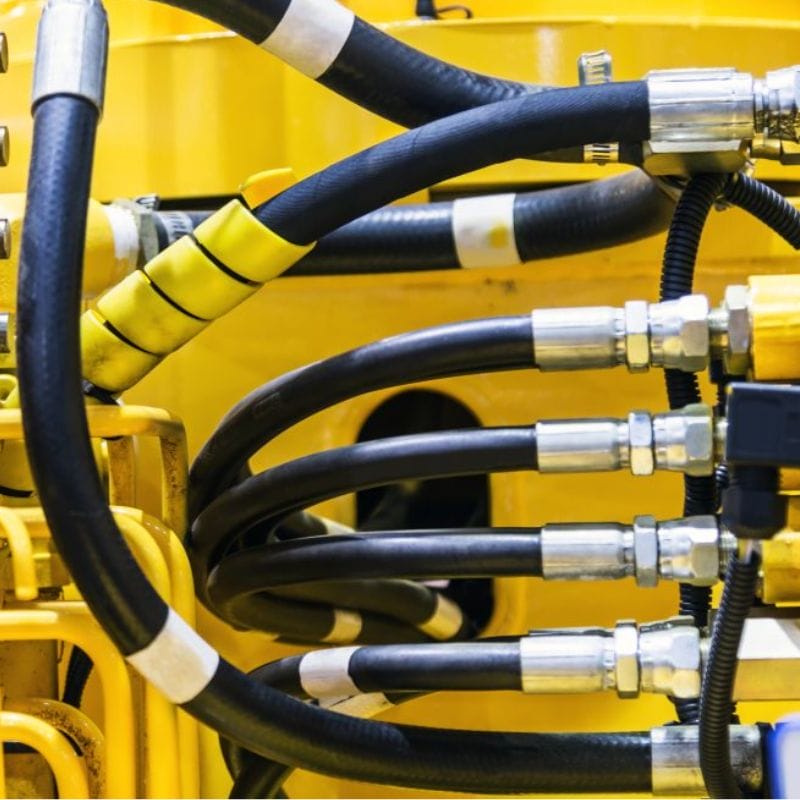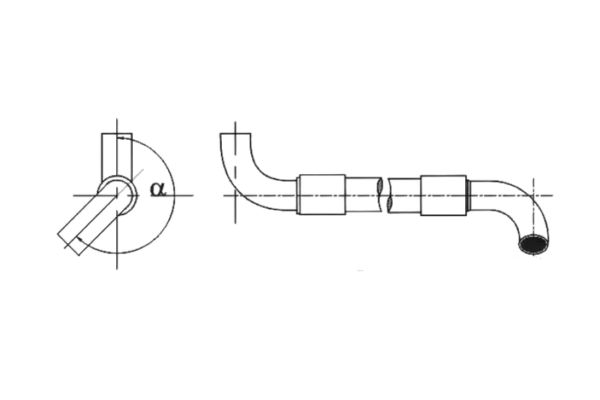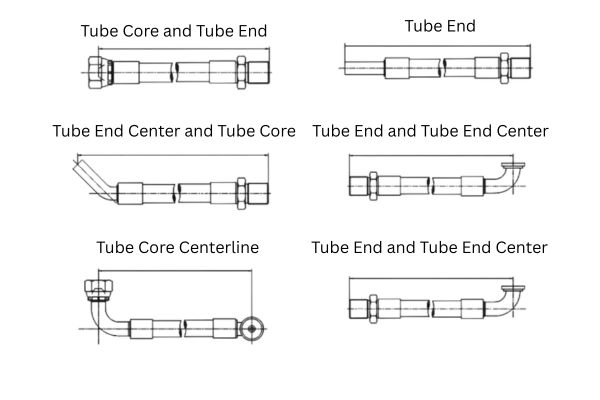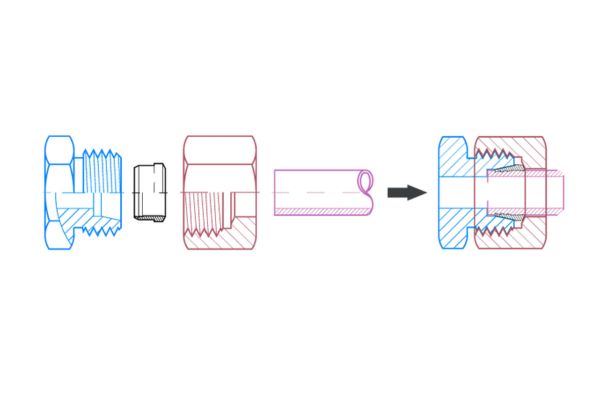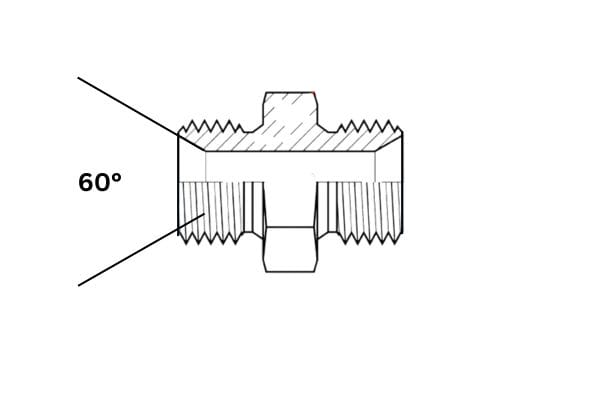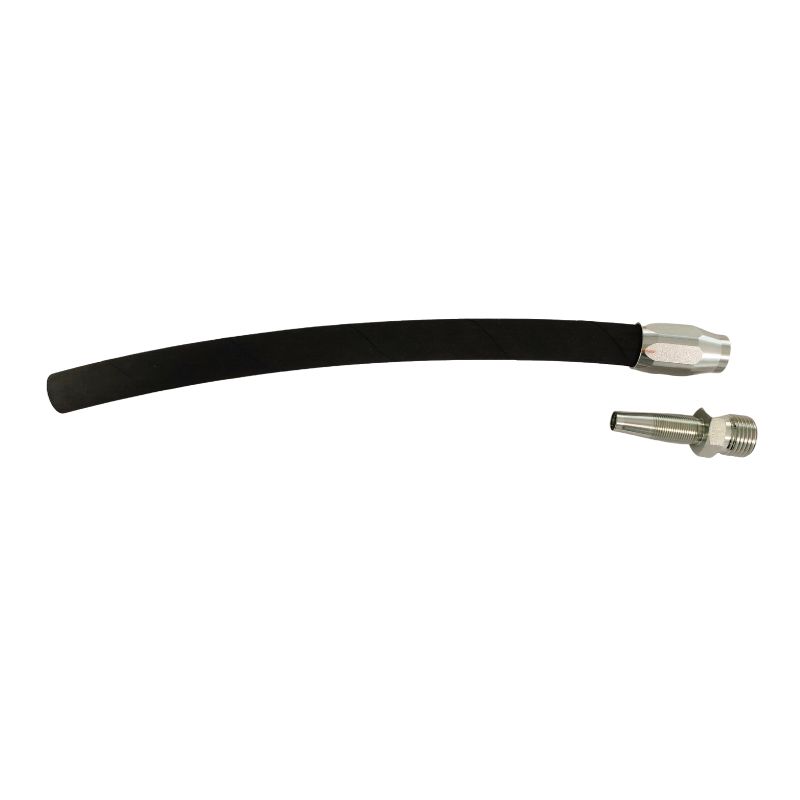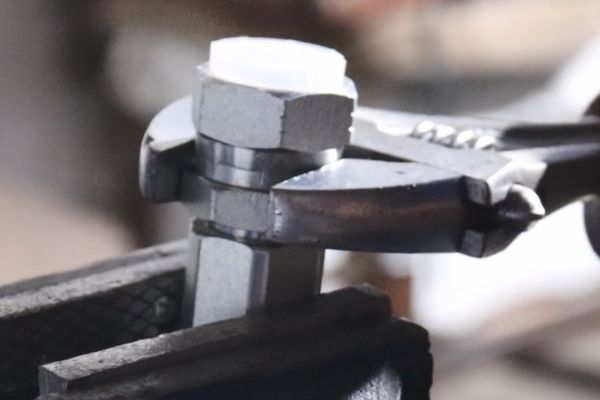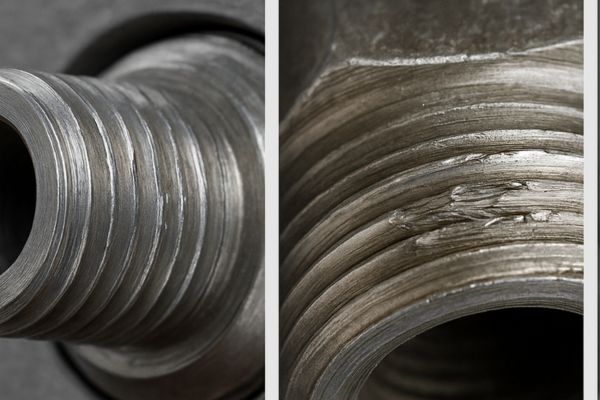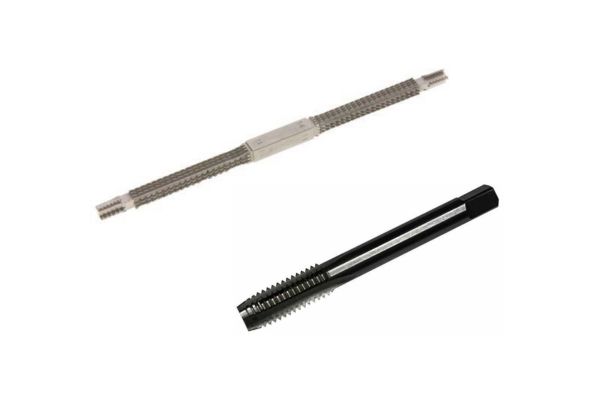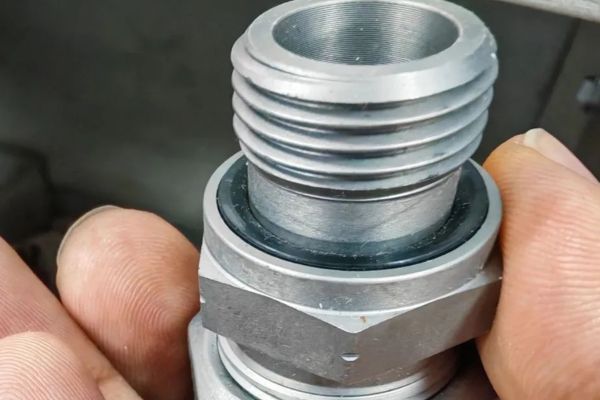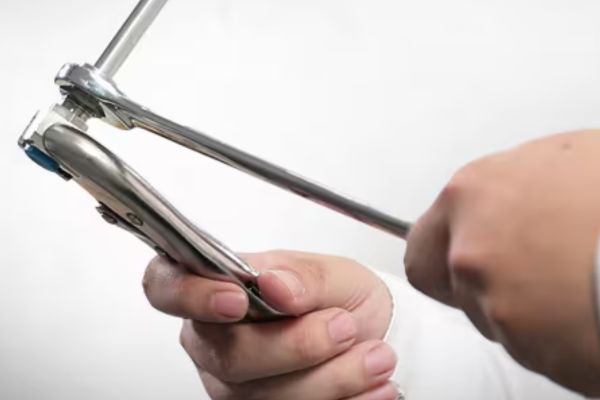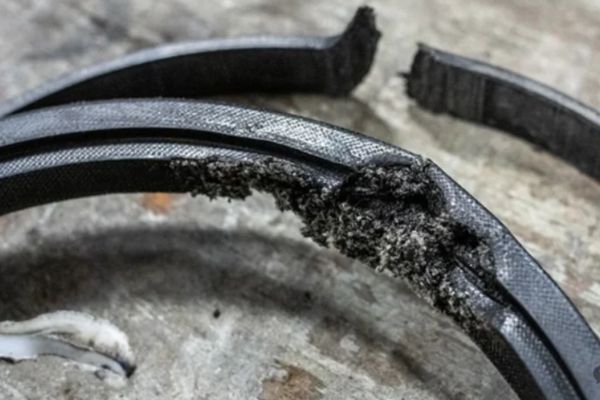On heavy machinery, hydraulic hoses are vital arteries, yet they are vulnerable. This guide moves beyond basic checks, offering expert strategies on operation, protection, routing, and maintenance to dramatically extend hose service life and prevent costly failures.
The Operator’s Touch: The First Line of Defense
The operator plays the most critical role in determining how long a hydraulic hose lasts. Smooth, controlled operation keeps internal pressure stable, preventing the violent surges that wear out hoses from the inside. In other words — the person behind the controls is the first and strongest line of defense against premature hose failure.
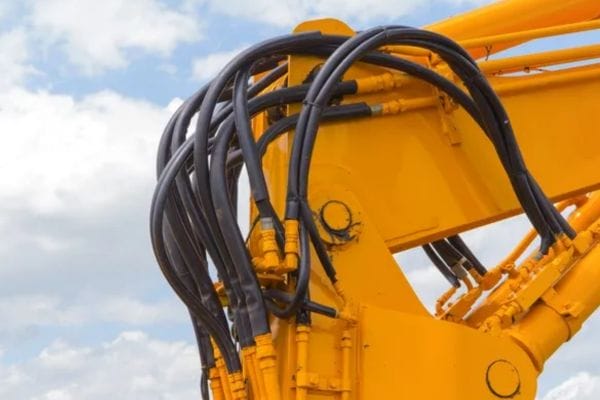
Smooth Operation Means Longer Hose Life
Every abrupt joystick movement sends a shockwave through the hydraulic lines. These pressure spikes — often called hydraulic shock or water hammer — can exceed the hose’s rated working pressure by 50% or more.
| Operator Action | System Response | Hose Impact |
| Smooth, gradual control | Steady flow and pressure | Minimal internal stress |
| Jerky, abrupt movements | Pressure spikes (hydraulic shock) | Accelerated hose fatigue |
| Feathered valve operation | Gentle acceleration and deceleration | Extended hose lifespan |
Tip: Avoid “slamming” controls. Small, fluid motions reduce strain on fittings, seals, and reinforcement layers.
Understanding Hydraulic Shock
Hydraulic shock occurs when a valve is closed suddenly or a cylinder bottoms out. This creates a sharp pressure wave that travels back through the system, hammering the hose walls. Over time, this repetitive stress weakens the reinforcement braid or spiral layers.
Best Practice for Operators:
- Feather the controls — gradually start and stop cylinder movement.
- Avoid bottoming out cylinders — stop before full extension.
- Maintain consistent engine RPMs for smooth flow.
Reducing these shocks not only protects hoses but also extends the life of pumps, valves, and fittings
The Value of a Pre-Shift Inspection
A few minutes before each shift can prevent hours of downtime later.
Pre-Shift Hose Inspection Checklist
| Inspection Step | What to Look For | Why It Matters |
| Visual check of hose assemblies | Leaks, abrasion, or surface cracks | Early detection prevents blowouts |
| Focus on flex points (boom, stick, bucket) | Twisting or rubbing | These are high-stress areas |
| Check fittings and clamps | Loose or damaged components | Avoids vibration and leak issues |
| Inspect hose routing | Contact with hot or moving parts | Prevents melting or wear |
Even minor blisters or small leaks are warnings. Replacing a suspect hose now is far cheaper than a full system repair later.
Shielding the Arteries: The Critical Role of Hose Protection
Hydraulic hoses on mobile equipment live in a brutal environment of vibration, abrasion, and impact. Protective guards and sleeves are not accessories; they are essential armor that shields these vital components from the very forces designed to destroy them.
Combating High-Frequency Vibration
Pumps, especially gear and piston pumps, generate a natural pressure pulsation that creates high-frequency vibration in the hose. While unseen, this constant shaking fatigues the hose structure. Protective sleeves help dampen these vibrations, reducing stress on the assembly.
Guarding Against Abrasion and Impact
The most common external cause of hose failure is abrasion—the hose cover being worn away by rubbing against the machine frame or other components. Guards provide a sacrificial, durable layer that absorbs this wear and tear, preserving the hose’s integrity.
Strategic Placement is Key
Protection is only effective if it’s in the right place. Identify the high-risk zones: areas where hoses flex, pass through bulkheads, or are grouped closely together. The main boom and stick connections are prime candidates for robust spring or plastic armor.
A Guide to Hose Guards: Selecting the Right Protection

Not all hose protection is created equal. The type of guard you choose should be tailored to the specific threat the hose faces. Selecting the correct armor, from lightweight sleeves to heavy-duty guards, is a strategic decision that directly impacts reliability.
Textile Sleeves for Abrasion
Woven nylon or polyester sleeves are excellent for general-purpose abrasion resistance. They are flexible and easy to install, making them ideal for bundling hoses together or protecting them from rubbing against painted surfaces without causing damage. They also offer some burst containment.
Spiral Guards for Flexibility and Impact
Polyethylene spiral guards offer a higher level of impact and abrasion resistance. Their open spiral design allows the hose to flex naturally without kinking. They are the go-to choice for individual hoses on articulating joints, like excavator buckets and thumbs.
Spring and Metal Guards for Extreme Duty
For the most severe environments, nothing beats a steel spring guard. These are placed in areas of extreme abrasion or where the hose is at high risk of being crushed or cut. They offer maximum protection but add significant weight and reduce flexibility.
| Guard Type | Primary Function | Best Suited For | Limitations |
| Nylon Textile Sleeve | Abrasion Resistance, Bundling | Grouped hoses on a machine frame, lines running parallel to each other, minor abrasion zones. | Low impact resistance, can trap moisture and debris if not a “line-of-sight” sleeve. |
| Plastic Spiral Guard | High Abrasion & Impact Resistance | Single hoses on high-movement joints (e.g., excavator stick, bucket curl), areas with sharp corners. | Can be difficult to clean, may not be suitable for extremely high-temperature environments. |
| Steel Spring Guard | Extreme Abrasion & Crushing | Hoses near the ground (e.g., dozer rippers), rock drilling equipment, forestry applications with falling debris. | Heavy, significantly reduces hose flexibility, can accelerate cover wear if hose vibrates an excessive amount inside it. |
| Fire Sleeve (Silicone Coated) | Heat Shielding, Fire Resistance | Hoses near exhaust manifolds, molten metal sources, or in applications requiring MSHA fire-suppression ratings. | Not primarily designed for abrasion; can be damaged by sharp impacts. |
Chemical Warfare: Fluids, Corrosion, and Contaminants
A hydraulic hose doesn’t just battle pressure and abrasion — it also faces invisible enemies: chemicals and corrosion. Exposure to the wrong fluids or environmental contaminants can quietly eat away at hose materials, leading to costly downtime and safety risks.
The Hidden Threat of Chemical Attack
Hydraulic hoses are designed to resist oil, but that doesn’t make them immune to chemical damage. When exposed to aggressive fluids, the outer cover or inner tube can soften, swell, or even delaminate — signs of a chemical reaction taking place beneath the surface.
| Source of Attack | Common Chemicals | Resulting Damage |
| External exposure | Solvents, diesel, gasoline | Swelling, softening, cracking |
| Internal fluid incompatibility | Non-approved hydraulic fluids | Tube erosion, blistering |
| Environmental contamination | Fertilizers, cleaning agents | Surface degradation |
Corrosion at the Connection
The hose may survive — but fittings often don’t. Most ferrules and connectors are made of carbon steel, which is prone to corrosion when exposed to moisture or salt air.
Over time:
- Rust creeps beneath the ferrule, weakening the crimp.
- Corrosion seizes the threaded connection, making removal difficult.
- Severe oxidation can cause pinholes and leaks under pressure.
| Area | Risk | Preventive Action |
| Ferrule under hose crimp | Hidden rust | Use zinc-nickel or stainless fittings in marine zones |
| Threaded joints | Seizing or galling | Apply anti-seize compound during assembly |
| Coastal or humid sites | Accelerated corrosion | Store hoses indoors when not in use |
Protecting Your Fittings
Regular maintenance and protection can add years to the lifespan of your fittings and hoses.
Maintenance Checklist
- Clean dirt, mud, and debris from hose ends weekly.
- Apply a thin layer of calcium-based or marine-grade grease to steel fittings.
- Inspect zinc plating for wear — dull or flaking areas mean it’s time for replacement.
- Consider stainless steel fittings for marine, offshore, or fertilizer applications.
This simple habit prevents rust from creeping under the ferrule and keeps connections serviceable when it’s time for maintenance.
The Perfect Fit: Mastering Installation and Torque
A new hose assembly can be compromised from the very first minute if not installed correctly. Proper fitting installation is a blend of technique and precision, ensuring a leak-free seal without inflicting damage that could lead to premature failure.

The Importance of Proper Tightening
It is a common mistake to think “tighter is better.” Over-tightening a fitting can deform the seals, crack the flare (on JIC fittings), or damage the threads, causing a leak. Under-tightening allows the connection to vibrate loose and weep fluid.
Using Two Wrenches: The Golden Rule
Always use a second, “backup” wrench to hold the hose or adapter stationary while tightening the swivel nut. This prevents the entire hose assembly from twisting. Twisting a hose under torque misaligns the wire reinforcement and is a primary cause of catastrophic failure.
The Science of Torque Specs
For critical connections, especially on tapered thread fittings (NPT) or flange fittings (Code 61/62), using a torque wrench is the only way to guarantee a correct and leak-proof seal. Follow the manufacturer’s or industry-standard torque values for the specific fitting size and type.
| Fitting Type | Sealing Method | Common Torque Method | Key Installation Tip |
| JIC 37° Flare | Metal-to-Metal cone seal. | “Flats From Wrench Resistance” (FFWR) is common. Torque wrench is best. | Tighten until snug (“wrench resistance”), then tighten a specified number of additional flats on the nut (e.g., 2 flats for sizes -4 to -8). Never use sealant on threads. |
| O-Ring Face Seal (ORFS) | O-ring compressed into a groove. | Torque wrench is highly recommended. | The O-ring does all the sealing. Only enough torque is needed to firmly seat the faces and slightly compress the O-ring. Overtightening will extrude and destroy the seal. |
| NPT/NPTF (Pipe Thread) | Thread deformation (metal-to-metal interference fit). | Torque wrench is critical. FFWR can be used by experienced technicians. | Requires a thread sealant. Do not apply sealant to the first two threads to avoid system contamination. Do not overtighten, as this can crack the female port. |
| Split Flange (Code 61/62) | O-ring compressed by a flange head. | Torque wrench is mandatory. | Tighten the four bolts in a cross pattern (like a car tire) to ensure even pressure on the flange head. Ensure the correct O-ring material (e.g., Buna-N or Viton) is used. |
The System’s Lifeblood: The Role of Hydraulic Fluid
The hydraulic fluid does more than just transmit power; it lubricates, cools, and cleans the system. Using the correct type and grade of fluid is fundamental to the health of every component, including the hoses.
Viscosity is Vital
Hydraulic fluid is graded by its viscosity (ISO VG), such as ISO VG 32, 46, or 68. Using a fluid with too low a viscosity (“too thin”) in a hot climate can lead to poor lubrication and overheating. Too high a viscosity (“too thick”) can cause sluggish performance and pump cavitation.
Following OEM Recommendations
Always default to the viscosity grade recommended by the machine’s original equipment manufacturer (OEM). They have specified the fluid that provides the best balance of performance, protection, and efficiency for that machine’s specific hydraulic system.
The Importance of Cleanliness
Contaminated fluid is an abrasive slurry that erodes the inner tube of a hydraulic hose from the inside. Regular filter changes and periodic oil analysis are the best ways to ensure the fluid remains clean, protecting your entire hydraulic system and extending hose life.
FAQ
How can I tell if a hose is twisted?
Look at the “layline”—the continuous line of text printed along the hose’s length. If the layline spirals around the hose like a candy cane stripe instead of running straight, the hose is twisted and must be corrected or replaced immediately.
Is it okay to use a longer or shorter hose than the original?
A replacement hose should be the same length as the original. A hose that is too short will be stretched and stressed, while a hose that is too long is more likely to snag, kink, or rub against other parts of the machine.
What does the “46” in “46 hydraulic oil” mean?
This refers to the ISO Viscosity Grade (VG) of the fluid. ISO VG 46 is a very common, medium-weight hydraulic fluid suitable for a wide range of operating temperatures, which is why it’s a popular factory-fill choice for new equipment.
Can I use any brand of hydraulic fitting on any brand of hose?
It is strongly discouraged. Hose and fitting manufacturers design their products as a matched system. Mixing and matching components from different brands can result in an improper crimp, leading to a dangerous and unreliable assembly.
How often should I replace my excavator’s hoses?
There is no fixed time interval. Replacement should be based on condition, not age. A hose in a high-flex, high-vibration application may need annual replacement, while a static return line might last the life of the machine. Regular, thorough inspection is the only true guide.
My new hose failed right away at the fitting. What is the most likely cause?
This is almost always due to an assembly or installation error. The most common causes are an incorrect crimp diameter (over or under-crimped), not fully inserting the fitting into the hose before crimping, or twisting the hose during the tightening of the fittings.









